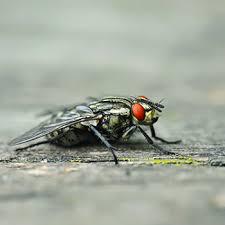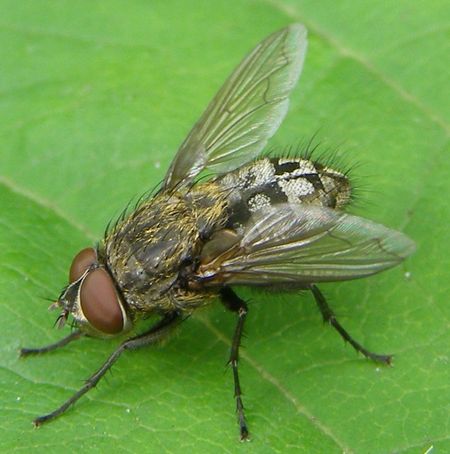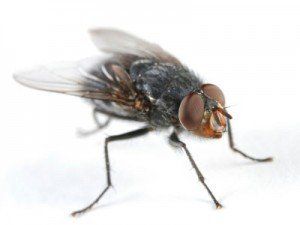Moth control and prevention in Sleaford

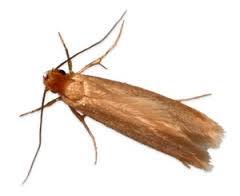
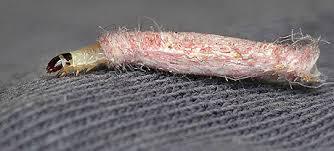
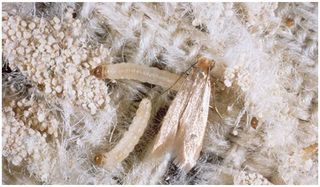
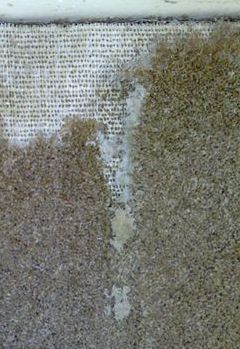

Clothes / Carpet Moth
Tineola bisselliella , known as the common clothes moth ,carpet moth, webbing clothes moth , or simply clothing moth , is a species of fungus moth ( family Tineidae , subfamily Tineinae ). It is the type species of its genus Tineola .
Cluster Flies
The cluster flies are the genus Pollenia in the blowfly family Calliphoridae. Unlike more familiar blow flies, such as the bluebottle genus Phormia , they do not present a health hazard because they do not lay eggs in human food. They are strictly parasitic on earthworms ; the females lay their eggs near earthworm burrows, and the larvae then infest the worms. However, the flies are a nuisance; when the adults emerge in the late summer or autumn, they enter houses to hibernate , often in large numbers; they are difficult to eradicate because they favour inaccessible spaces such as roof and wall cavities. They are often seen on windows of little-used rooms. They are also sometimes known as attic flies .
The typical cluster fly Pollenia rudis is about 7 mm long and can be recognised by distinct lines or stripes behind the head, short golden-coloured hairs on the thorax , and irregular light and dark gray areas on the abdomen . Cluster flies are typically slow-moving.
Cluster flies have a widespread distribution. Eight species are found in Britain and 31 in Europe . Pollenia species are also numerous in Australia and New Zealand (over 30 species); they are a common pest in North America . P. rudis has spread widely in association with humans
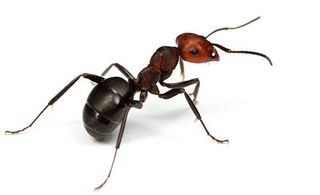
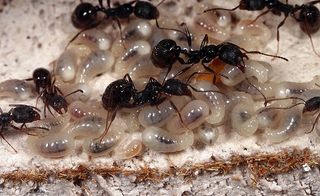
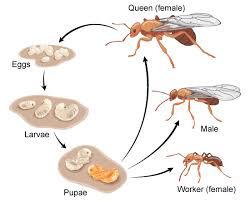
Ants
The life of an ant starts from an egg . If the egg is fertilised, the progeny will be female diploid ; if not, it will be male haploid . Ants develop by complete metamorphosis with the larva stages passing through a pupal stage before emerging as an adult. The larva is largely immobile and is fed and cared for by workers. Food is given to the larvae by trophallaxis , a process in which an ant regurgitates liquid food held in its crop . This is also how adults share food, stored in the "social stomach". Larvae, especially in the later stages, may also be provided solid food, such as trophic eggs , pieces of prey, and seeds brought by workers.
The larvae grow through a series of four or five moults and enter the pupal stage. The pupa has the appendages free and not fused to the body as in a butterfly pupa . [ 53 ] The differentiation into queens and workers (which are both female), and different castes of workers, is influenced in some species by the nutrition the larvae obtain. Genetic influences and the control of gene expression by the developmental environment are complex and the determination of caste continues to be a subject of research. [ 54 ] Winged male ants, called drones, emerge from pupae along with the usually winged breeding females. Some species, such as army ants , have wingless queens. Larvae and pupae need to be kept at fairly constant temperatures to ensure proper development, and so often, are moved around among the various brood chambers within the colony. [ 55 ]
A new worker spends the first few days of its adult life caring for the queen and young. She then graduates to digging and other nest work, and later to defending the nest and foraging. These changes are sometimes fairly sudden, and define what are called temporal castes. An explanation for the sequence is suggested by the high casualties involved in foraging, making it an acceptable risk only for ants who are older and are likely to die soon of natural causes. [ 56 ] [ 57 ]
Ant colonies can be long-lived. The queens can live for up to 30 years, and workers live from 1 to 3 years. Males, however, are more transitory, being quite short-lived and surviving for only a few weeks. [ 58 ] Ant queens are estimated to live 100 times as long as solitary insects of a similar size. [ 59 ]
Ants are active all year long in the tropics, but, in cooler regions, they survive the winter in a state of dormancy or inactivity. The forms of inactivity are varied and some temperate species have larvae going into the inactive state, ( diapause ), while in others, the adults alone pass the winter in a state of reduced activity.

